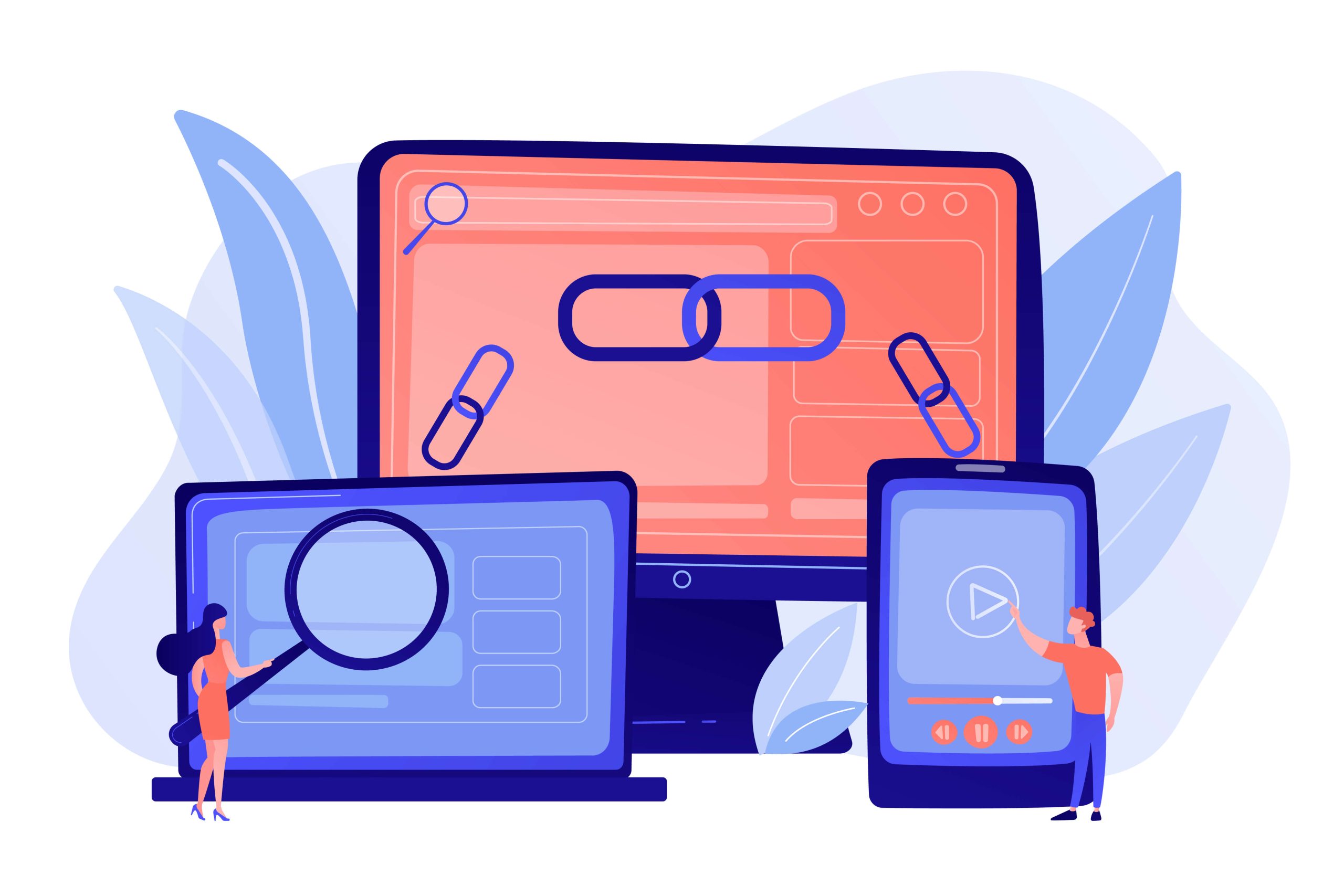COVID-19 has been managed very differently from other illnesses we might experience. Usually, you can decide for yourself what you can manage, for example, taking a short walk as soon as you feel up to it or carrying on as usual if your illness is a mild one. But COVID-19 is different, and if you have tested positive, even with mild or no symptoms, you are required to isolate at home, something many people struggle with. While medical advice should be sought for any complications of the illness, an employer can do plenty to boost morale and support those employees away from the workplace.
Shorten isolation if possible
While rules on isolation following a positive test must be adhered to, government guidance does allow the isolation period to be shortened if two LFD tests at least 24 hours apart on days five and six show a negative result.
If an employee is isolating because of suspected Covid, waiting for confirmatory test results can be frustrating. You may be able to speed up the results with a test kit from Matrix Diagnostics. They can supply a COVID-19 PCR test with a two-day turnaround time and batches of rapid antigen tests ideal for the day five and six tests or a regular workplace testing routine.
Support remote working
For those used to leading a busy life, boredom can be a significant problem when in isolation. Additionally, with the cost of living rising, many employees will be anxious about spending a period on sick pay rather than their usual wage. It’s not always possible for work to be carried out remotely; however, if you can support your employee with remote working and they feel sufficiently well to be able to meet expectations, this is a valuable step you can take to help prevent loneliness and financial anxiety.
Keep in touch
With modern technology, being in isolation doesn’t mean not seeing anyone. Using Zoom or other video conferencing technology, you may be able to involve your employee in work meetings, offer them guidance or feedback or simply check up on their wellbeing. It can also be an excellent social tool, letting the employee chat to colleagues during their lunch break or even enjoying a virtual event after work. Whether the employee can work through their isolation, keeping in touch can help ease loneliness and demonstrate the importance of employee welfare.
Be aware of long-term problems
For most employees, however frustrating or lonely the isolation, the problems are over once they return to work. However, be aware of isolation and other concerns triggering longer-term mental health problems. There is still a stigma around mental health that may make employees ashamed to admit they are struggling. So make sure your employees know where they can get non-judgmental guidance if they continue to feel they are struggling and that managers are equipped to deliver the best advice.
While the pandemic has been challenging for us all in many different ways, good communication is vital to ease the problems.






